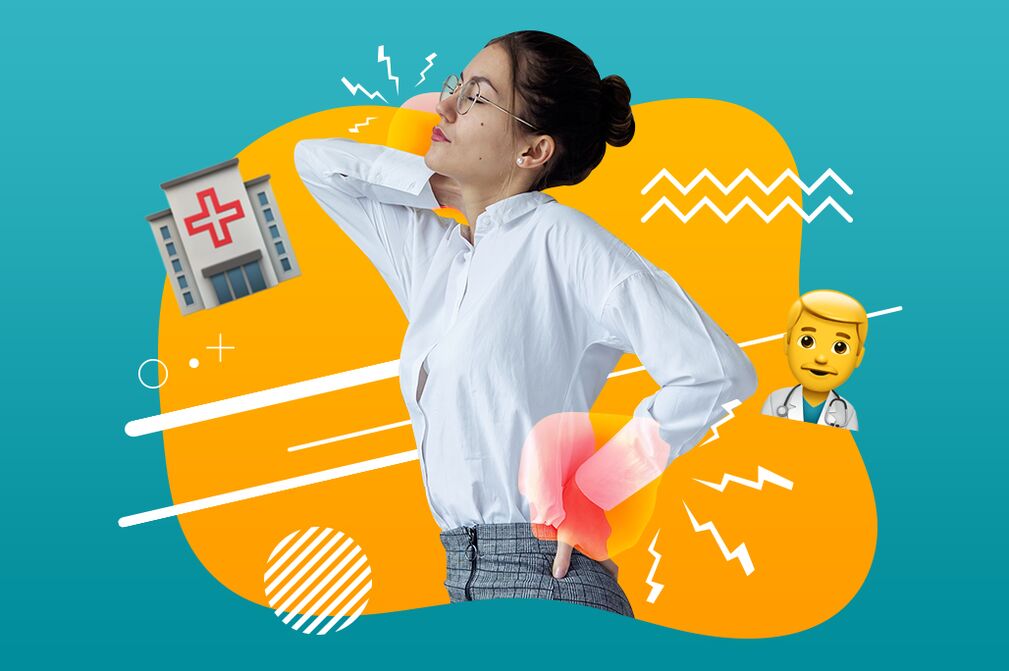
First, see a neurologist!
Ongoing pain is harmful
How to get yourself moving?
Three rules of physical therapy
- Exercise should become a daily habit, not a firefighting measure. Choose 4-5 mobility and coordination exercises that can be done within 15-20 minutes after getting up every day. According to statistics, the group of people who most often suffer from back pain are "weekend athletes" - people who don't have time to exercise during the week and only have the opportunity to make up for lost time on weekends.
- The second part of the event is a set of strength exercises. Their purpose is to strengthen the muscles of the back, abs, arms, legs and stabilize the spine, so they should gradually become more complex. If you finish your workout without feeling fatigued, you've wasted your time: muscles that don't fatigue don't develop. Strength training takes more time, but the results are also longer-lasting. Therefore, it is enough to allocate 1 hour to them 2-3 times a week. If you have diseases of the cardiovascular system and lungs, it is important that the intensity of your exercise is controlled by a physiotherapist, at least initially.
- The biomechanics of the spine are very complex. Therefore, there are no universal exercises that can correct all types of pain. A good expert will immediately narrow down the options. But if you practice on your own, let your feelings guide you. Training should gradually increase the pain-free range of motion of the back. If that doesn't happen, or the pain gets worse instead, you're doing it wrong.



































